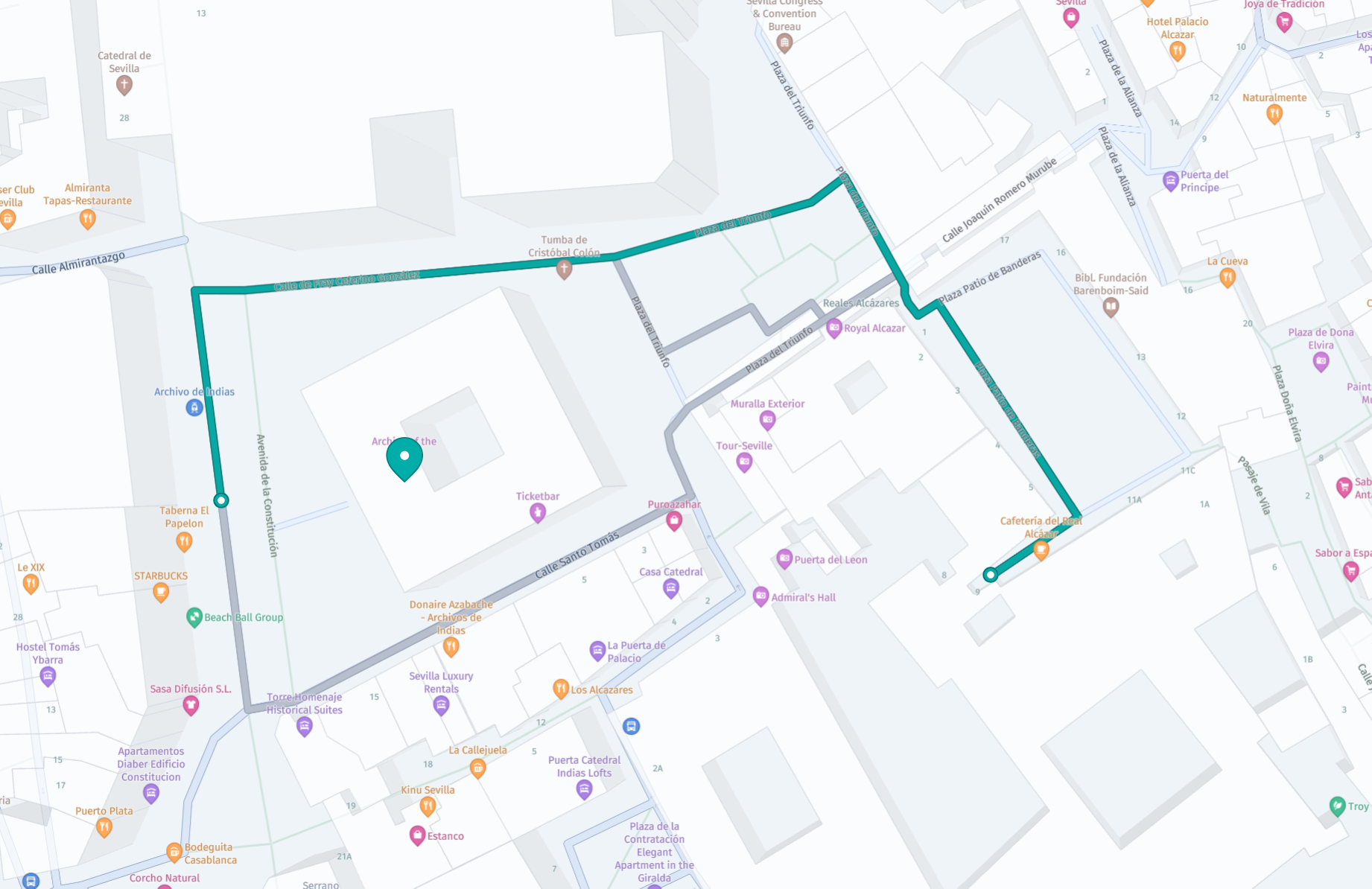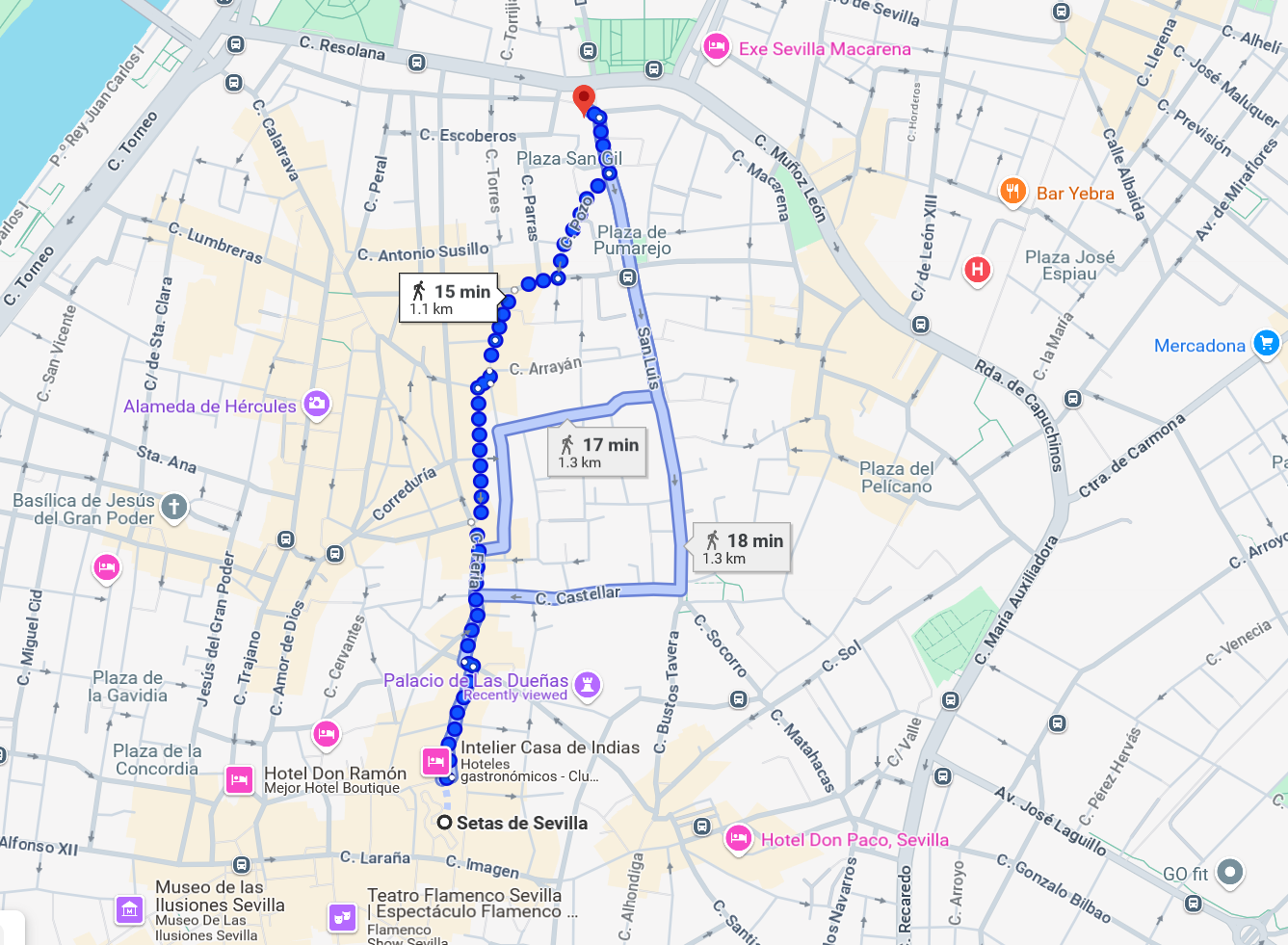About The General Archive of the Indies
The General Archive of the Indies (Spanish: Archivo General de Indias), located in Seville, Spain, is one of the most important historical archives in the world. It serves as a treasure trove of documents related to the administration of the Spanish Empire's territories in the Americas and the Philippines from the 16th to the 19th centuries.
Housed in the Casa Lonja de Mercaderes, a Renaissance-style building designed by Juan de Herrera in the late 16th century. Originally built as a merchants’ exchange, it was repurposed in 1785 by order of King Charles III to consolidate colonial documents.
The building, along with the Seville Cathedral and Royal Alcázar, is part of a UNESCO World Heritage Site.
The collection contains over 43,000 volumes and 80 million pages of historical documents, offering a comprehensive view of Spain's colonial era.
Included in the collection are correspondence, maps, charts, decrees, administrative records, and personal accounts that provide insights into the discovery, conquest, and governance of Spain's overseas territories.
Unique items include the Treaty of Tordesillas (1494) and records from significant expeditions, such as those of Christopher Columbus and Hernán Cortés.




































